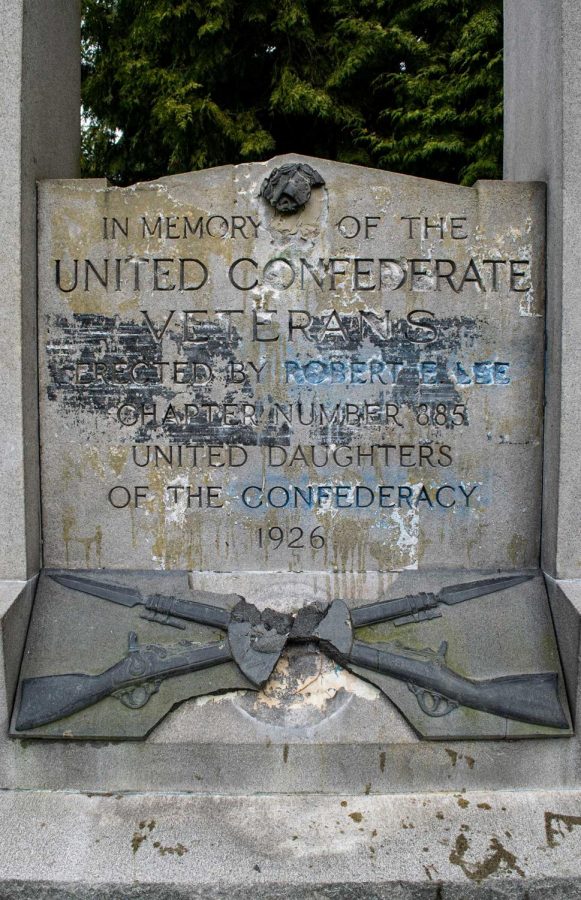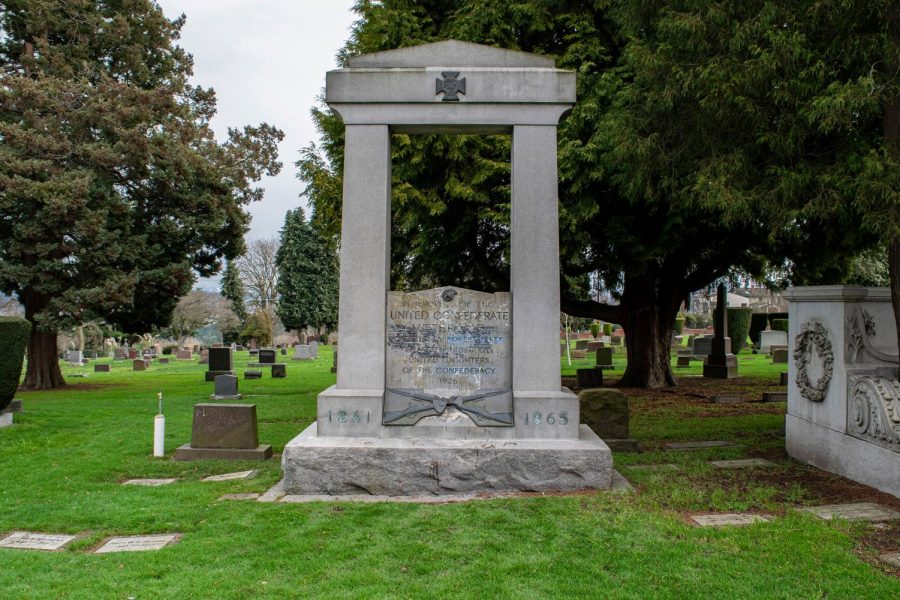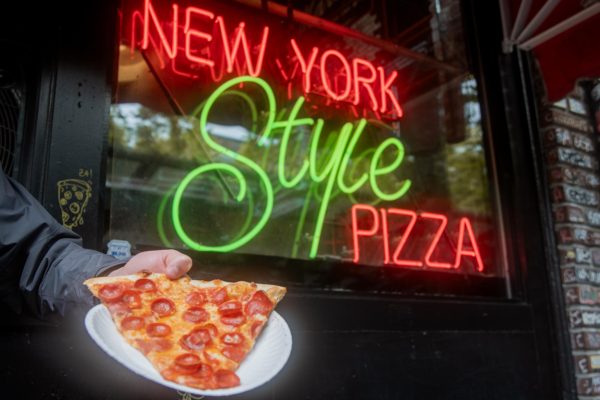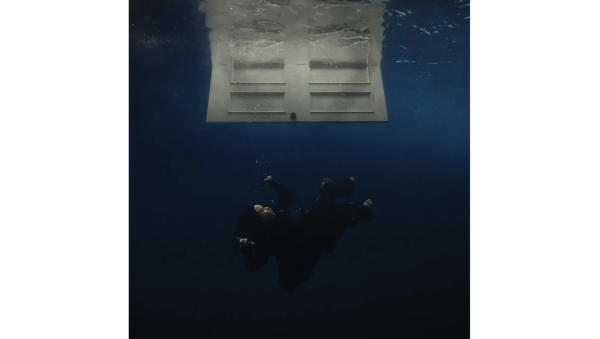Confederate Monuments in Seattle, Hidden in Plain Sight
Generally, Seattle and the Puget Sound region region are lauded for its progressive ideals and enlightened perceptions of inclusion. Hidden underneath this liberal façade, racism and a lack of real-world inclusion is still present. Nowhere is this more evident than the three Confederate memorials across Washington—one of which is near Volunteer Park.
A 2016 survey conducted by KCTS 9 and Crosscut found that, when discussing race, there is no real difference between the Puget Sound and its conservative counterpart, Eastern Washington. One survey question asked if race is a factor in police officers’ use of force, and 50% of people in the survey agreed with the statement.
Since the events in Charlottesville, Virginia in 2017, there’s been a critical evaluation of Confederate monuments located around the country. Over the past five years, controversies have emerged over Confederate symbolism within Washington State.
There are presently two symbols of confederate history still standing in Washington. A United Confederate Veterans memorial located just north of Volunteer Park in Lakeview cemetery and a Wenatchee Elementary school named after confederate commander Robert E. Lee. The third, an archway surrounded by Confederate flags located at Jefferson Davis Park in Ridgeway, Washington, was consistently vandalized and is now listed as ‘Permanently closed’ under the park’s Google profile.
Taylor Hensel is a video producer at Nia Tero, a natural resource conservation nonprofit based in Seattle and a member of the Cherokee nation. She obtained her Bachelor’s degree in journalism from Metro State in Denver and her Master’s in documentary journalism from the University of Missouri.
“When you think about Confederate monuments, you think about the East Coast—usually you don’t think about Seattle,” Hensel said.
Having moved to Seattle a month ago, Hensel was shocked to see first- hand what the environment in the city projects and what it actually is.
“Coming into Seattle, you kind of get the vibe that we’re all tolerant, woke and aware,” Hensel said. “But also, I’ve noticed a huge lack of diversity in Seattle right when I got here. So, it’s an interesting kind of dichotomy.”

The monument was erected by the Daughters of Confederacy and pays homage to Robert E. Lee, the Confederate general.
Haley Gustafson is an administrative assistant at Nia Tero and a member of the Chickasaw Nation. She has a Bachelor’s from the University of Washington Jackson School with a focus on international studies and a Masters of Law from the National University of Ireland in Galway.
“There’s something about these monuments that make it seem like it’s something to aspire for, that we should still be thinking positively about these people and their choices. There’s a pioneering idea that they were gutsy, following the perceptions of the American promise and Manifest Destiny,” Gustafson said. “And you see it through a continuing lens that happens to each community who is not white in the American imagination of whiteness.”
Community activist, filmmaker and art curator, Tracy Rector is not at all shocked at the existence of monuments.
“There’s this underlying tension all the time and things that go unsaid or people who feel somehow that their liberalism inoculates them from having racist feelings that people don’t dig deep and recognize their privilege and shortcomings,” Rector said. “I think that allows people to not be critical about what’s around them. So, what is that statue? Why is it here and how does that make other people feel? These historical wrongs are still traumatizing and having an impact on people.”
During the past four years, there have been attempts to remove the Confederate memorial at Lakeview cemetery, but because it stands on private land, the efforts have only been able to bring awareness to its existence.
“Talk about it a lot and to every elected official that you can. Frequently those in the government, and those in decision-making capacities, they have to hear a lot about an issue to know it’s a problem. And you have to keep concerted, steady and constant pressure,” Gustafson said.
She said that people could also send an automatic email every week reminding elected officials that they expect a response.
“It’s not as exciting as a march or a little bit of vandalism and that’s the trap. They want you to feel like that doesn’t have an impact.”
London may be reached at [email protected]











Diane F Brown
Feb 1, 2020 at 9:36 am
Thank you for this article!
Jon
Jan 27, 2020 at 8:16 pm
Destroying memorials was historically a habit of the Communists, ISIS, and Taliban, but it is becoming commonplace here in America. Fascists within the US are actually worse; removing memorials and monuments to our own American ancestors even in US Cemeteries! How cruel does someone have to be to vandalize and destroy memorials to the dead in cemeteries?
John
Jan 24, 2020 at 12:51 pm
They defended their country. Then they came to Seattle, to build the frontier of a new nation. There’s also a statue of V. Lenin in Fremont. Neither ideology is my ideology, but people leave tombstones when they’re dead. I hope our wokeness and whatever can afford protection of these graves. My taxes don’t pay for these. We’re in M.L. King county now, because the other King wasn’t cool. That’s fine. That’s government. This isn’t government. This is dead people showing you their values, which you might not share at all. Each article and uncritical reference to “a little bit of vandalism” invites further destruction of these artifacts.